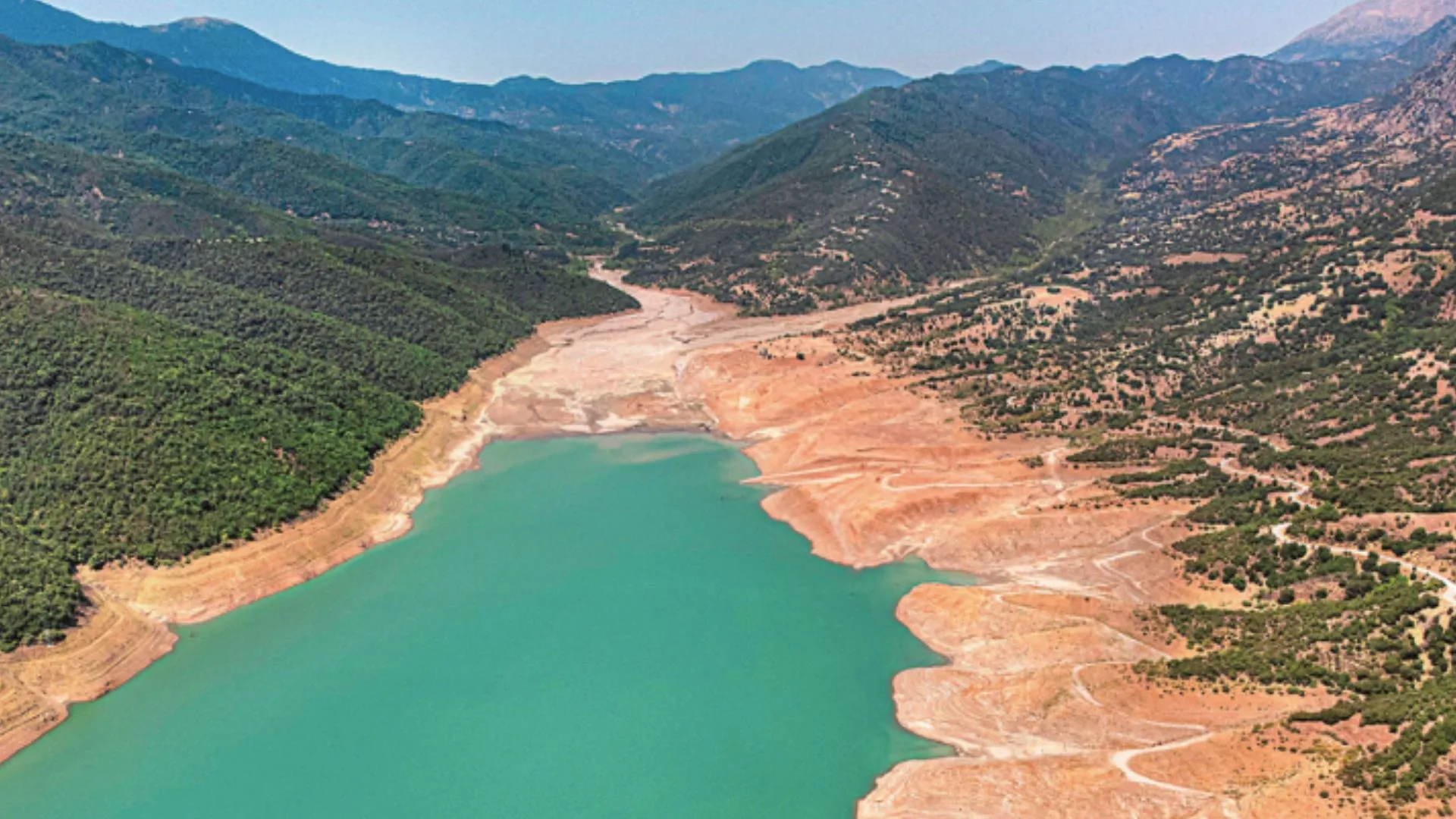A decade ago, Athens’ reservoirs were overflowing. In 2019, reserves could cover four years, totalling nearly 1.2 billion cubic meters. Today, only one year’s supply remains. Without heavy rainfall or snow this winter, the capital could face a severe water crisis by 2027, according to protothema.gr
The shortage stems from climate change, prolonged drought, and rising consumption—up 6% since 2023 as households waste more water. The timing is politically sensitive, with Greece approaching elections while its national drought and water management plan remains unfinished. Government announcements have only fueled uncertainty.
Meanwhile, major domestic and European companies see opportunity in the “water business,” competing for control over billion-euro infrastructure projects.
Emptying Reservoirs
On September 26, 2025, EYDAP reported reserves of 408.4 million cubic meters across its three reservoirs, down from 644.7 million a year earlier. Athens consumes 450–500 million annually. Backup sources like Lake Yliki and Mavrosouvala wells now supply 40% of the city’s water.
“We haven’t reached the point where taps are running dry,” said EYDAP’s General Water Director Giorgos Karagiannis. “But if reserves keep falling, shortages are inevitable.”
EYDAP is reactivating old systems while advancing the long-term plan: diverting water from Lake Kremasta into the Evinos reservoir, a €450 million project needing 3–4 years. In the meantime, pumping from Boeotia’s Kifisos basin, new boreholes, and even desalination are being explored. A proposed plant in Thisvi could produce up to 200,000 cubic meters daily but would nearly double water price
Experts stress no project can be ready in under three years. For many, Lake Kremasta remains the only viable near-term solution. The warning is stark: Athens is not yet thirsty, but time is running out.
Source: protothema.gr

